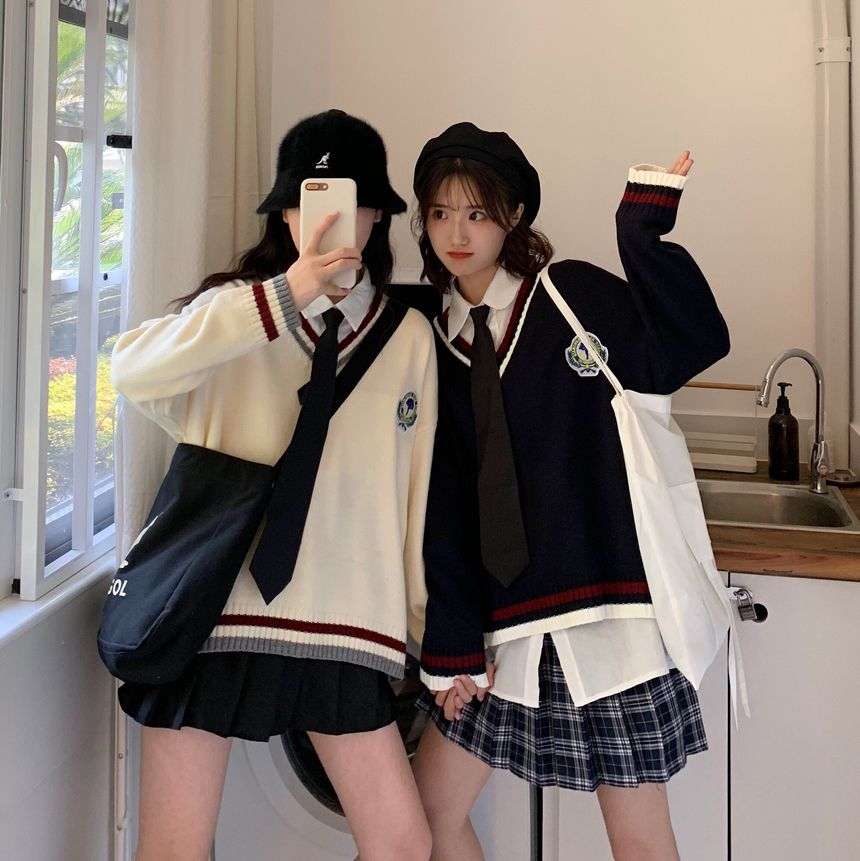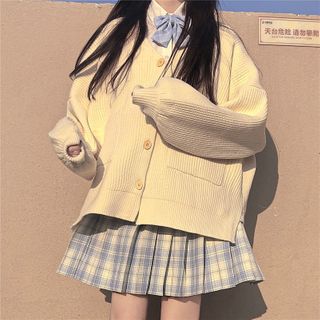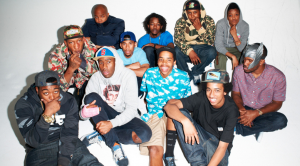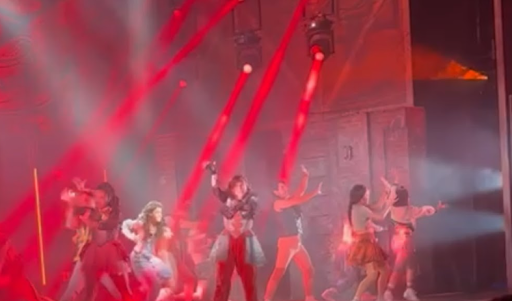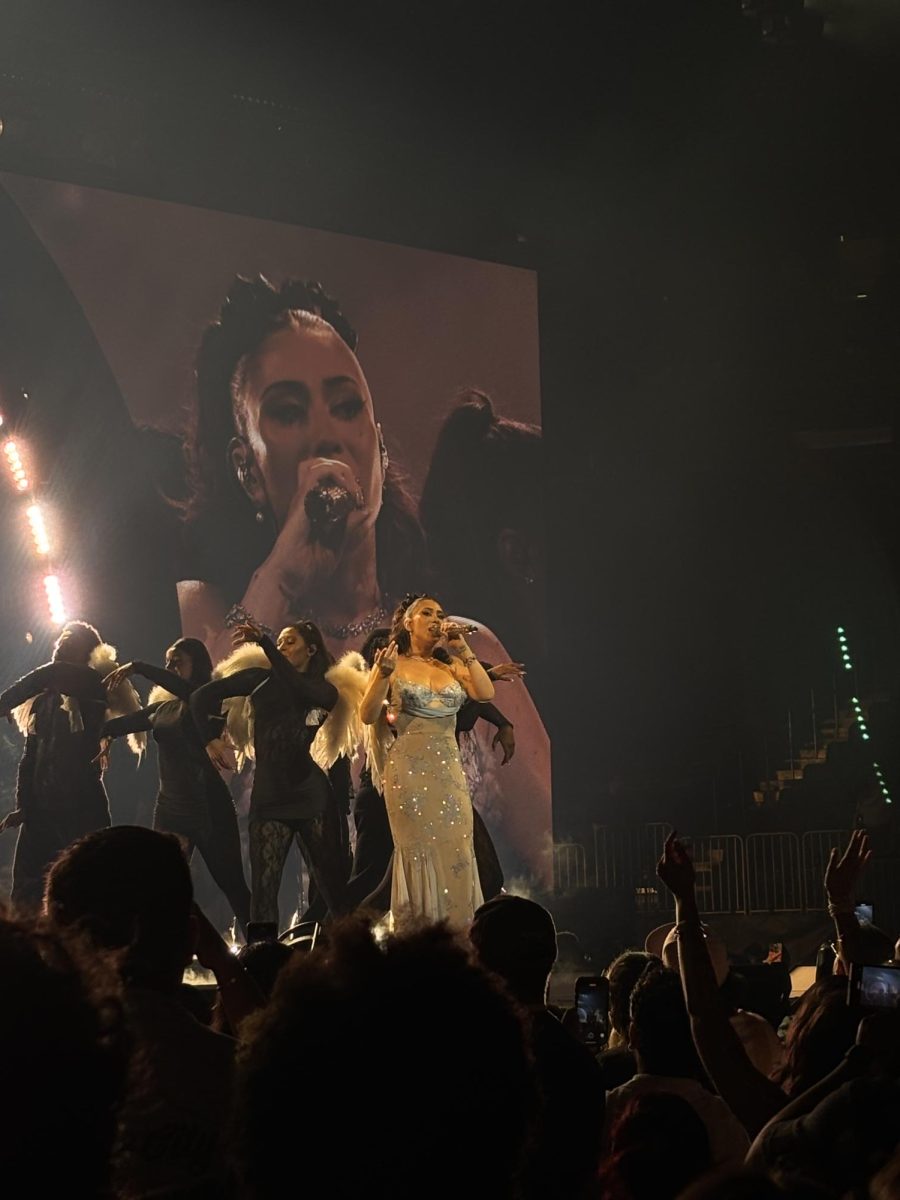The Origin of the “School Girl” Fashion Trend and How It Became So Popular
How 90s Japanese girls created their own culture surrounding their rebellious style that still impact fashion today.
February 7, 2021
Since the late 19th century, women were able to receive education and attend schools. Soon after, high schools were the center of fashion amongst teens. The iconic “school girl” fashion trend can be seen throughout entertainment like Clueless and Heathers. However, we can look across the Pacific ocean for the inspiration for the fashion trend. Japan first started introducing girls into school in the late 1800s, however, more girls started attending in the 1910s. Originally, girls attending school in Japan wore “Hakama” or wide-legged trousers that took a more masculine look. The Japanese public didn’t like the idea of these girls wearing “menswear”, so the Hakama was redesigned to create a more feminine look by making the pant legs wider to create a skirt look. In the earlier 1900s, the “sailor-style” uniform was created but really took off in the late 1920s when girls at a religious school started to wear this style of clothing.
The 1990s is where the fashion trend takes off. Kogyaru or Kogal were teenage girls who exhibited a certain type of behavior, which can be deemed as more masculine as they would use crude language, squat on sidewalks, and pose for pictures with ugly expressions. The most notable difference was their style. Sporting their usual school uniforms, but shortening the skirt by rolling up the waistband and wearing loose socks to bunch at their ankles. In the winter they would wear fendy and Burberry scarfs. They also dyed their hair, got spray tans, and commonly

had cute accessories like hello kitty phone cases. The street fashion wasn’t widely liked by the Japanese public as they saw it as uncultured, but that did not stop the rest of the world from discovering the style. Harper’s Bazaar first showcased this style to the media in the year 2000. Sales rapidly increased after the magazine Seventeen and others ran stories about the Kogal fashion and the iconic loose sock look. The reason why the socks were so popular is difficult to trace but can be seen as first gaining attraction after the socks were put on display in a department store in Yokohama in 1993. The creator of these socks, Uehour Takahiro, President of Wix states “Two high school girls bought the white socks and wore them to class. Before you knew it, the look had caught on…”
Because of these girls rebelling against school uniforms and gender norms, the image of this anti-establishment feminist was painted throughout the media. Considering the wide popularity, it quickly found its way to America where the “school girl” look also found its way into the media. The cute but confident look caught like wildfire in the 90s and early 2000s and is making its way back into fashion today as teens are rebelling against society and harsh expectations. Sadly, the sexualization of the style was very apparent because of the stereotype of Kogal girls participating in “compensated dating” which was a huge problem in Japan and Hong Kong in the 90s. Because of this, the “school girl” look has negative connotations of it because of the media’s sexist portrayal. Even with this, girls have reclaimed this style recently. Although the loose socks are not for everyone, the pleated skirts with the oversized sweatshirt is a staple for teenage fashion this past year and moving forward. Especially through social media like Tik Tok, the fashion trend has gained even more popularity as teenagers become more rebellious. Even with the look being modernized, with more wearing sneakers and short socks, inspiration from the Kogal style is very apparent. Currently, fashion from other countries and from the 90s/2000s era has been coming back, and celebrating other cultures and history through fashion has become stable for the 2020s.
